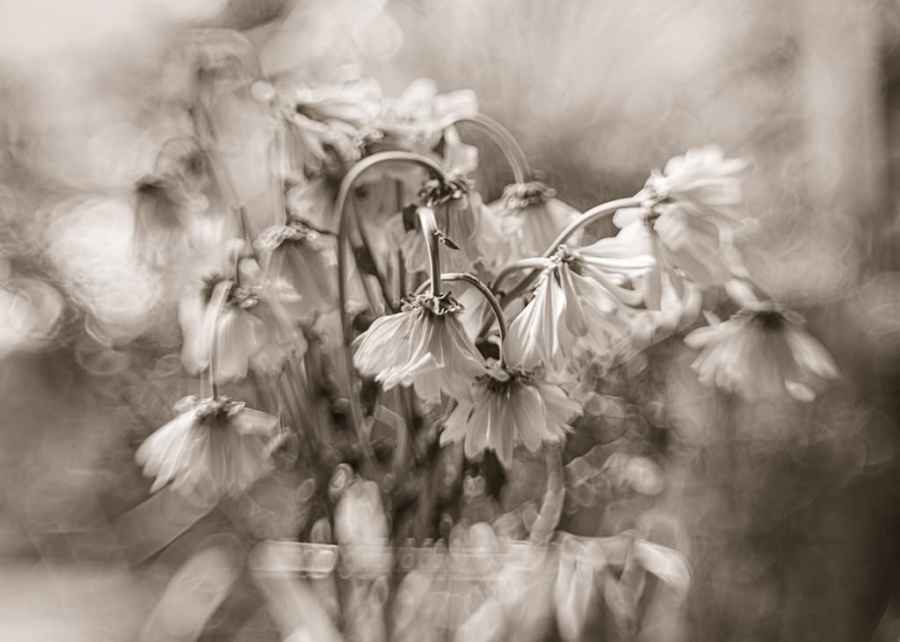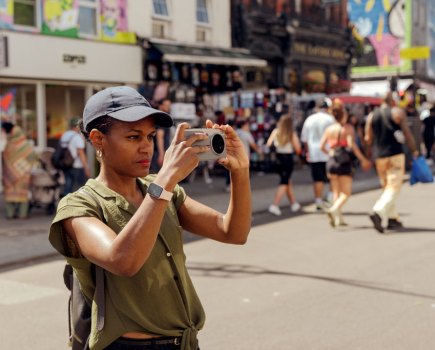Spend more time with your camera and less time editing by using a Lensbaby lens for creative results. However selecting the right one is key, Angela Nicholson speaks with three photographers to find out more.
Lensbaby may have started out with one simple bendy lens that had a plastic optic, but these days it offers an extensive array of lenses, optics and housings to enable a range of effects on just about any camera. They’re not for everyone, but there are legions of photographers who love them for their creative results. With different types of lenses available and effects produced, we show you how to select the right Lensbaby.
Lenses and optics
Lensbaby makes two types of lenses: standalone lenses that are similar in design to ‘normal’ lenses, and the optic-swap system that comprises a separate housing or barrel and an interchangeable optic. The standalone lenses and housings come in a wide range of mounts, so it’s essential to buy the correct one for your camera, but the optics can be swapped between different housings.
There are no electrical contacts on any Lensbaby lenses or housings, which means that they are manual focus only and the aperture setting (when adjustable) is controlled by way of a lens ring.
Standalone lenses
The Velvet is perhaps the most widely known of Lensbaby’s standalone lenses. It’s a full-frame lens and it comes in three focal lengths, 28mm, 56mm and 85mm. As you can guess from their name, the Velvet 28, 56 and 85 produce the velvet effect, but the impact of the Burnside 35 is less obvious.
In fact, the Burnside Lensbaby is very similar to the Twist 60 optic for the optic swap system, because it produces swirling bokeh around the edges of the image. This means that the Twist and Burnside aren’t recommended for Micro Four Thirds cameras, since much of the effect is cropped out by the smaller sensor.
However, another standalone lens, the Trio 28, is specifically designed for sub-full-frame cameras including Micro Four Thirds models. The Trio 28 is a 28mm standalone lens with three optics built in to enable the velvet, sweet or twist effect. It’s a great choice for first-time Lensbaby users with a sub-full-frame camera.
Alternatively, there’s the Sol 22 which is a good choice for Micro Four Thirds cameras; and the Sol 45 that’s suitable for APS-C and full-frame models. These neat lenses combine the sweet effect with a little tilt and the ability to add swirl by moving aperture blades across the front element.
Optic swap system
There are two main optic swap housings: the Composer Pro II, which has a ball joint to enable some tilt to move the focus plane; and the Spark 2.0 that is reminiscent of the original Lensbaby. The Spark 2.0 can be bent and squeezed to move the point of focus.
These housings or barrels can be used with any of the optics such as the Edge 35, Edge 50, Edge 80, Sweet 35, Sweet 50, Sweet 80, Twist 60 or the new Obscura pinhole optic.
The Twist 60 is often sold with a straight lens barrel, which can also be used with other optics but it doesn’t allow the plane of focus to be moved.
Lensbaby effects
Lensbaby lenses produce four main effects called sweet, edge, velvet and swirl. Although some create more than one of these effects, most Lensbaby lenses or optics create just one and deciding which one you want is key to selecting the right Lensbaby.
Sweet: A round spot of sharp focus at the centre of soft blur. The effect is suitable for a wide range of photography.
Edge: A band of sharp focus with blur either side, this works well with landscape scenes.
Velvet: A soft glow or diffusion effect that is popular for portraits and flower images.
Swirl: Twisting, swirling bokeh and vignetting that works well for portraits with a busy background.
Janet Broughton

https://definitelydreaming.com
Janet Broughton switched from life as an accountant to that of a professional photographer in 2012 and she’s developed a sideline in texture creation (www.texture-shop.co.uk). She’s a fan of vintage lenses and Lensbabies, especially the Velvet 85 on her full-frame Sony Alpha 99 and the Velvet 56 or Sol 45 on her Fujifilm X-T20 (84mm and 67.5mm effective focal lengths respectively).
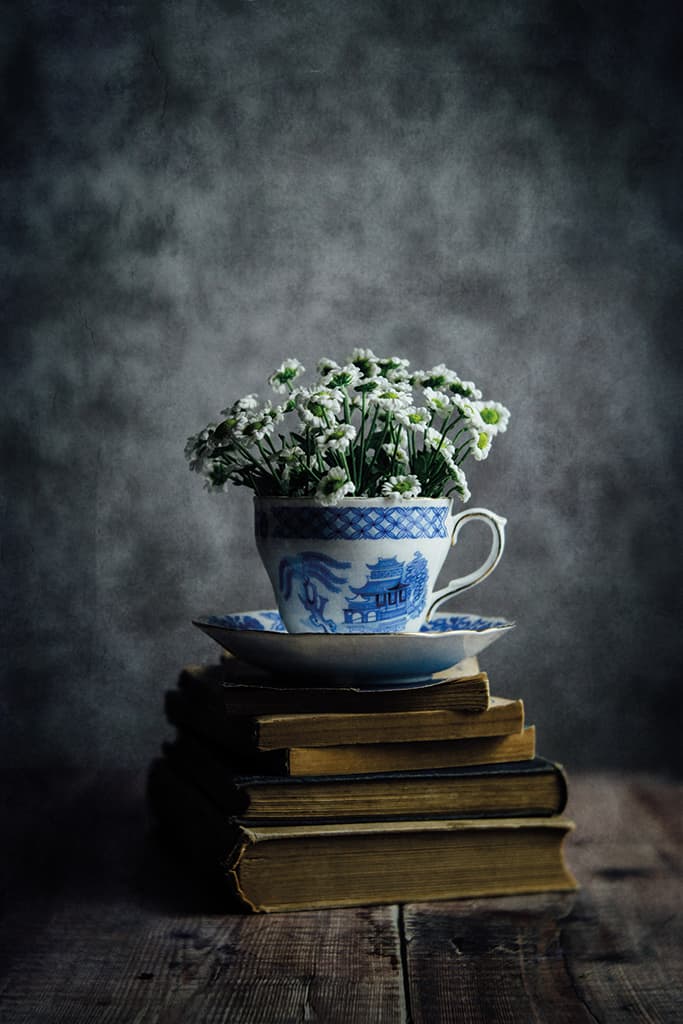
Janet shot this image using the Velvet 56 at f/4 and applied one of her textures at the processing stage to enhance the atmosphere.
Janet was first attracted to try a Lensbaby after treatment for an eye problem left her with blurred vision for a couple of weeks – the blur and softness of the original Lensbaby replicated how she saw the world for a while and it enabled her to take different images from other photographers. She says, ‘What I really like about using a Lensbaby though, is the slower pace of photography, and how it makes you feel more connected to what you’re shooting, whatever it might be.

Using a Velvet lens has given this image a soft glow which Janet enhanced further with a texture.
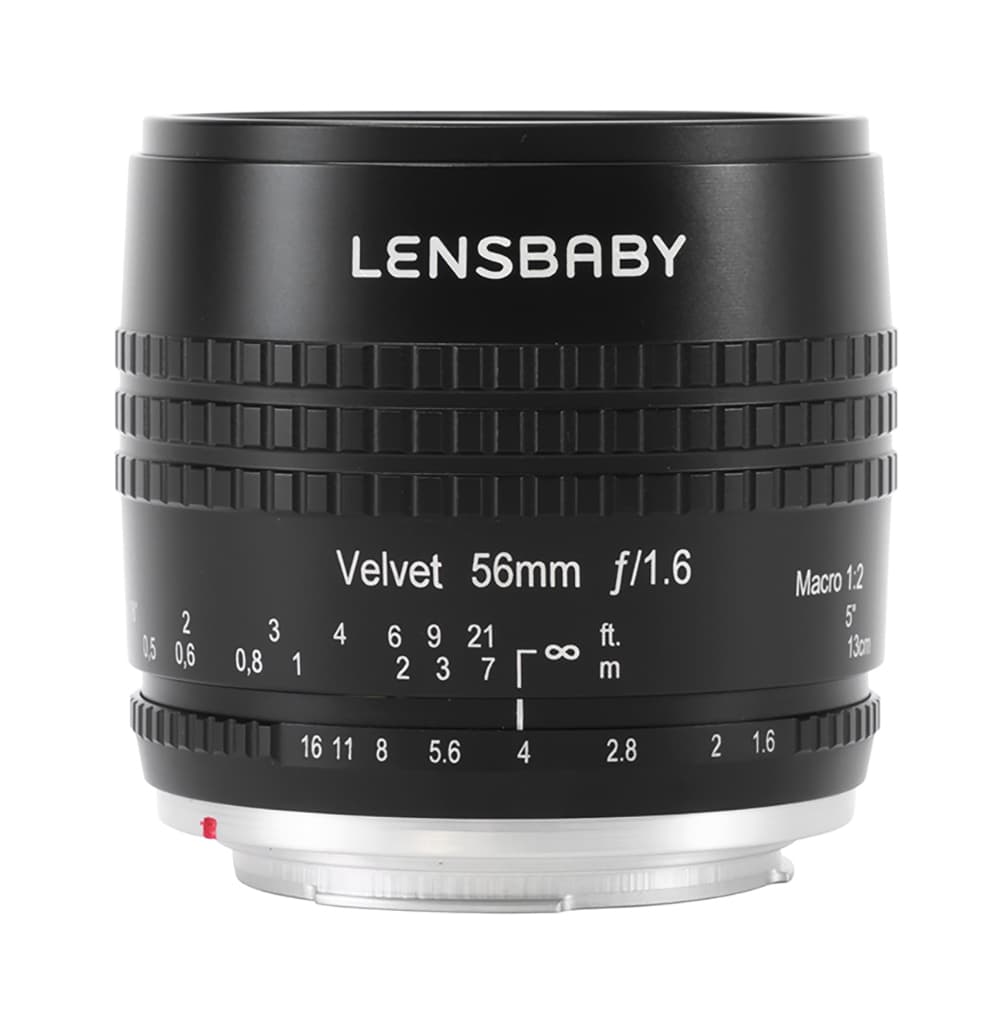
That’s because you’ve got to slow down and think about it more than just snap, snap, snap and hope something works. You still need to get the basics of photography right and using a Lensbaby to add a bit of blur won’t automatically result in a nice picture, you still have to make sure there’s an interesting subject and the image is well composed.’

This image was created with the Velvet 85, a lens designed for use with full-frame cameras such as the Sony Alpha 99.
Glenys Garnett
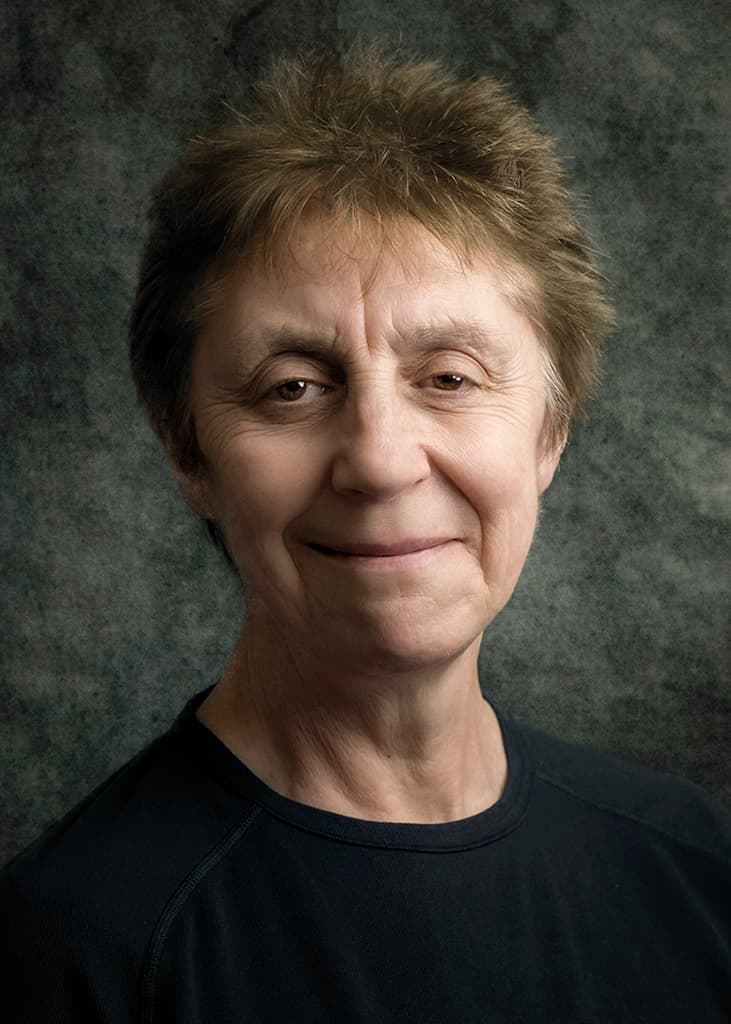
Glenys Garnett, a freelance photographer, artist and graphic designer based in Wakefield, has been interested in photography for as long as she can remember. She says, ‘I’m all about trying to get as much right in camera as I can, so I don’t like to rely on apps and software, although I do use them. I prefer to do as much as I possibly can in camera and for me, it’s the look and feel that’s important in an image.’
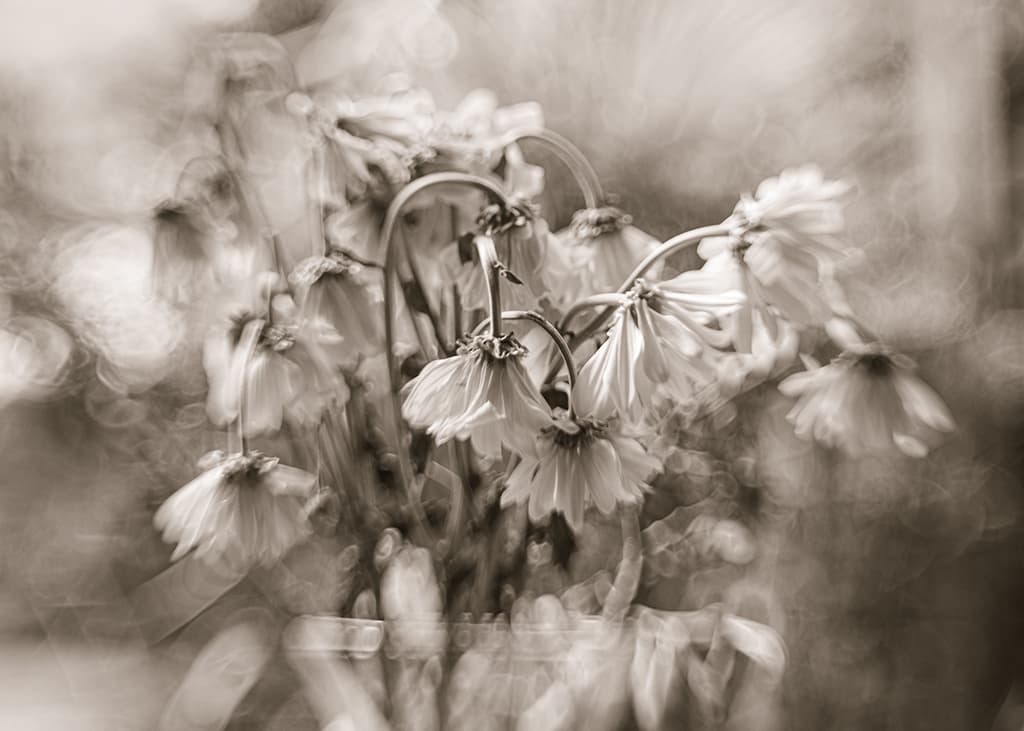
The Sweet 35 has a central area of sharpness surrounded by soft blur and attractive bokeh effects.
Inspired by images she’d seen from some Lensbaby users, Glenys bought a Trio 28 a few years ago to see how she got on with it, and she loved it. She says, ‘It’s a single focal length (28mm) and it’s got a single f-stop, so if I go out with it on my camera, I just have to think about the composition and exposure. My camera’s viewfinder is good but I recommend using the histogram view to make sure you get the highlights just right.’

Part of Glenys’ autumnal series shot using the Trio’s Sweet optic.
While Glenys still uses the Trio on a frequent basis, she tends to use its ‘sweet’ optic the most often so she also bought a Composer Pro II with a Sweet 35 optic to get some flexibility. She explains, ‘I really like the sweet spot effect and the way it lets me create lovely bokeh effects around the edges – it’s the sort of thing you can’t do with software.’

Glenys likes to use her Fujifilm X-T4’s multiple exposure mode when shooting with a Lensbaby.
Wanting to recreate a lo-fi retro look in the digital age, Glenys often uses the Toy Camera filter setting on her Fujifilm X-T4 and selects a square aspect ratio while shooting with the Composer Pro II and Sweet 35 or the Trio. She even has a small polarising filter that she can use to cut down reflections and boost the colours in some of her images to get rich, warm tones without having to do much on her computer.
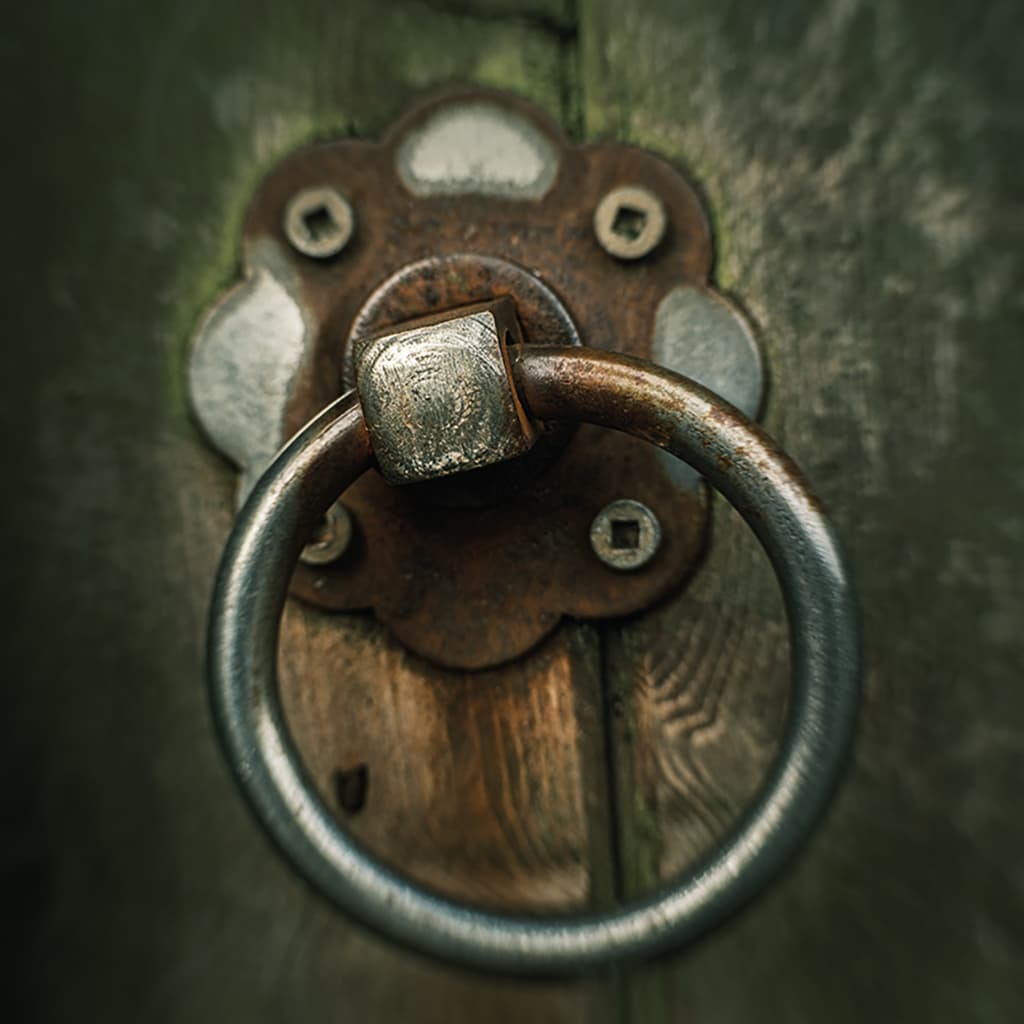
Shot using the Lensbaby Sweet 35 at f/2.5 in the Composer Pro II on the Fujifilm X-T4.
Robert Pugh

www.rpphotographybydesign.co.uk
Robert Pugh is a professional wedding and portrait photographer, who often uses the Lensbaby Twist 60 for engagement shoots to create more interesting images. He’s also been known to use a Sweet 50 to get more exciting detail shots at weddings, but as speed is often of the essence, there’s not always time. Engagement shoots, however, tend to be more relaxed and there’s more opportunity to be creative.

Beth GuThe yellow flowers accentuated the swirl effect in the background. Engagement Shoot at Studland Beach Studland on 23 March 2019.
As the Lensbaby creates swirl around the edges of the frame, Robert uses quite wide framing in his images so the blurred background creates a frame around his subjects. It’s also important to have some detail in the background as the twisted, swirl effect won’t show with a plain scene. He explains, ‘I look for a bush or tree with flowers or blossom on it – just plain leaves don’t look very good, so there needs to be something with a bit of colour and contrast.’

Lensbaby’s Twist optic is often sold with a ‘straight’ housing.
Although Robert has the straight barrel for the Twist 60, he generally uses it in the Composer Pro II because this enables him to move the location of the sharp area within the frame. It also means he can quickly swap to using another of his favourite optics such as the Edge 35 to capture a strip of sharpness, or the Sweet to have a sharp spot in the frame.

The swirl effect occurs in out of focus areas towards the edges of the frame
Robert likes to get the look he wants in-camera to save time at the processing stage, but he also finds that being able to show his clients near-final images on the screen on the back of his camera helps get them ‘into’ the shoot and keen to pose for more shots. As a seasoned Lensbaby user on mirrorless cameras, Robert’s top tip is to customise a button to activate the magnified view to make it easier to focus. He also recommends using focus peaking to ensure that the focus is where you want it to be.
Buying a Lensbaby
Lensbaby lenses can be purchased directly from the company’s website lensbaby.com, but in the UK, it’s best to buy them from Wex Photo Video which has exclusive distribution rights. They can also be found second-hand.
Further reading
Lensbaby’s new Velvet lens aims to produce pleasing classic-look portaits

